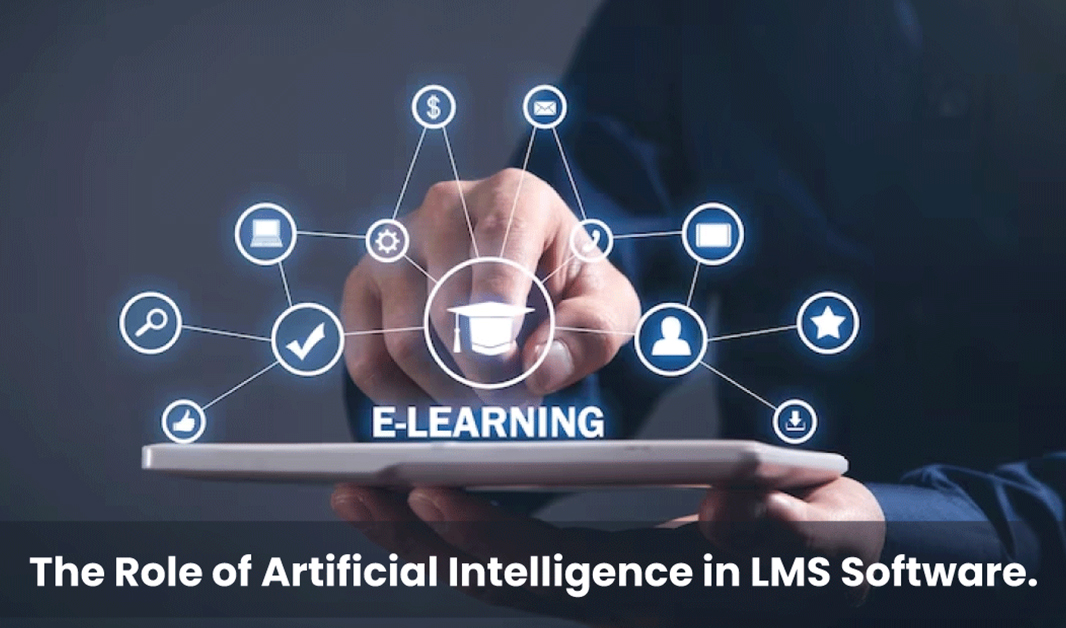
Making customer interactions meaningful with AI CRM
Building Adaptive Learning Algorithms from Scratch
In an era where personalized education is no longer a luxury but a necessity, adaptive learning algorithms have emerged as the backbone of modern e-learning systems. These algorithms, often described as "digital tutors," dynamically adjust content, pacing, and assessments based on individual learner behavior, creating a uniquely tailored educational journey. While platforms like Khan Academy and Duolingo have popularized adaptive learning, building such algorithms from scratch requires a blend of pedagogical insight, data science, and ethical foresight. Let’s unravel the process of creating these intelligent systems and their transformative potential.
At its core, an adaptive learning algorithm operates on a simple premise: respond to the learner in real time. Unlike static curricula, these systems continuously analyze interactions—correct answers, time spent on questions, hesitation patterns, and even wrong attempts—to map knowledge gaps and predict future performance. The first step in building one is defining clear learning objectives and metrics. For instance, a math tutoring algorithm might prioritize mastery of algebraic concepts, tracking metrics like problem-solving speed, error types, and retention rates. Developers often start by designing a diagnostic assessment to establish a baseline, much like a teacher gauging a student’s starting point on day one. This initial data becomes the foundation for all future adaptations.
Data collection and processing form the lifeblood of adaptive systems. Modern algorithms ingest structured data (test scores, quiz results) and unstructured data (forum interactions, video watch times) to build comprehensive learner profiles. Tools like Python’s Pandas and Scikit-learn are instrumental in cleaning and organizing this data. For example, an algorithm might use clustering techniques to group learners by common misconceptions or employ natural language processing (NLP) to analyze essay responses for conceptual understanding. However, raw data alone isn’t enough. The magic lies in feature engineering—identifying which variables (e.g., time of day, device type, previous subject performance) truly impact learning outcomes. A well-designed algorithm might discover that learners retain coding concepts better when practicing in the morning or that visual learners struggle with text-heavy modules.
The heart of adaptability lies in the recommendation engine. This component decides what to teach next based on evolving data. Two approaches dominate here: rule-based systems and machine learning models. Rule-based systems follow predefined logic (e.g., "If a learner scores 70% on fractions, revisit foundational videos"). While simpler to implement, they lack nuance. Machine learning models, particularly reinforcement learning (RL), offer greater sophistication. An RL-driven algorithm treats learning as a series of states and actions, rewarding itself when a learner masters a concept and adjusting strategies after failures. For instance, if a student repeatedly struggles with calculus integrals, the algorithm might switch from video lectures to interactive simulations or peer discussion prompts. OpenAI’s GPT-4 has even enabled experimental systems that generate custom problem sets on the fly, mimicking how a human tutor improvises based on student needs.
Personalization extends beyond content delivery to assessment design. Adaptive testing algorithms, like those used in the GRE, adjust question difficulty based on real-time performance. Building such a system requires Item Response Theory (IRT), a psychometric model that evaluates how well a question measures ability. By estimating a learner’s "theta" (ability level) after each response, the algorithm selects subsequent questions that refine this estimate efficiently. Imagine a language app that starts with simple vocabulary quizzes but escalates to complex grammar exercises only when the learner demonstrates readiness—this is IRT in action. Open-source libraries like PyIRT allow developers to integrate these models without reinventing the wheel, though customization is key to aligning with specific pedagogical goals.
No adaptive system is complete without feedback loops. These mechanisms ensure algorithms evolve alongside learners. A/B testing is critical here: by randomly assigning users to different algorithm versions, developers can measure which adaptations yield better outcomes. For example, an edtech startup might test whether learners progress faster with gamified rewards or intrinsic motivation strategies. However, feedback loops also demand ethical vigilance. Biases in training data—such as underrepresenting neurodivergent learners—can lead to flawed adaptations. Regular audits using frameworks like AI Fairness 360 help mitigate these risks, ensuring algorithms don’t inadvertently favor certain demographics.
The technical challenges are matched by design complexities. User interfaces must translate algorithmic decisions into intuitive experiences. A poorly designed dashboard might confuse learners with abrupt content shifts, while a well-crafted one (like Coursera’s adaptive pathways) feels like a natural progression. Tools like TensorFlow.js enable real-time adaptations within browsers, allowing seamless transitions between video, text, and interactive exercises based on algorithmic cues. Meanwhile, chatbots powered by models like Google’s BERT can provide instant, adaptive support, answering questions at 2 AM or rephrasing explanations until clarity is achieved.
Looking ahead, the next frontier of adaptive learning lies in emotional AI. Systems like Affectiva’s emotion recognition software are pioneering algorithms that adjust content based on facial expressions or voice tone. Imagine a coding platform that slows down when it detects frustration or a literature app that recommends lighter reading after sensing stress. While these innovations raise privacy concerns, they underscore adaptive learning’s ultimate goal: to replicate the empathy of a master teacher.
Building adaptive algorithms from scratch is not for the faint-hearted—it demands collaboration between educators, data scientists, and UX designers. Yet, the rewards are profound. For every student who overcomes math anxiety through tailored exercises or every professional who upskills efficiently thanks to AI-driven roadmaps, these algorithms prove their worth. They represent more than technical marvels; they are bridges to equitable, lifelong learning. As you embark on this journey, remember: the best adaptive systems don’t just teach—they learn, grow, and inspire alongside their users.